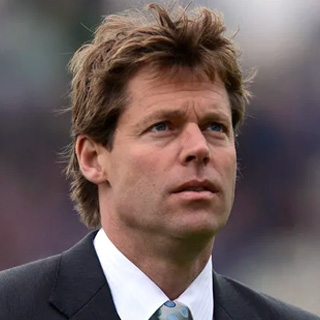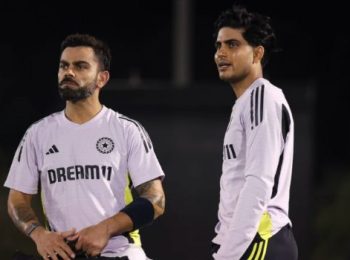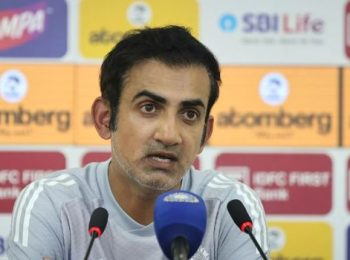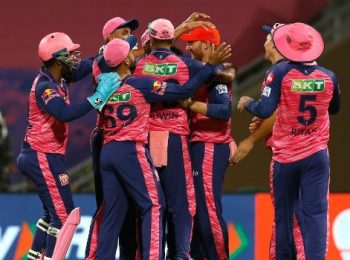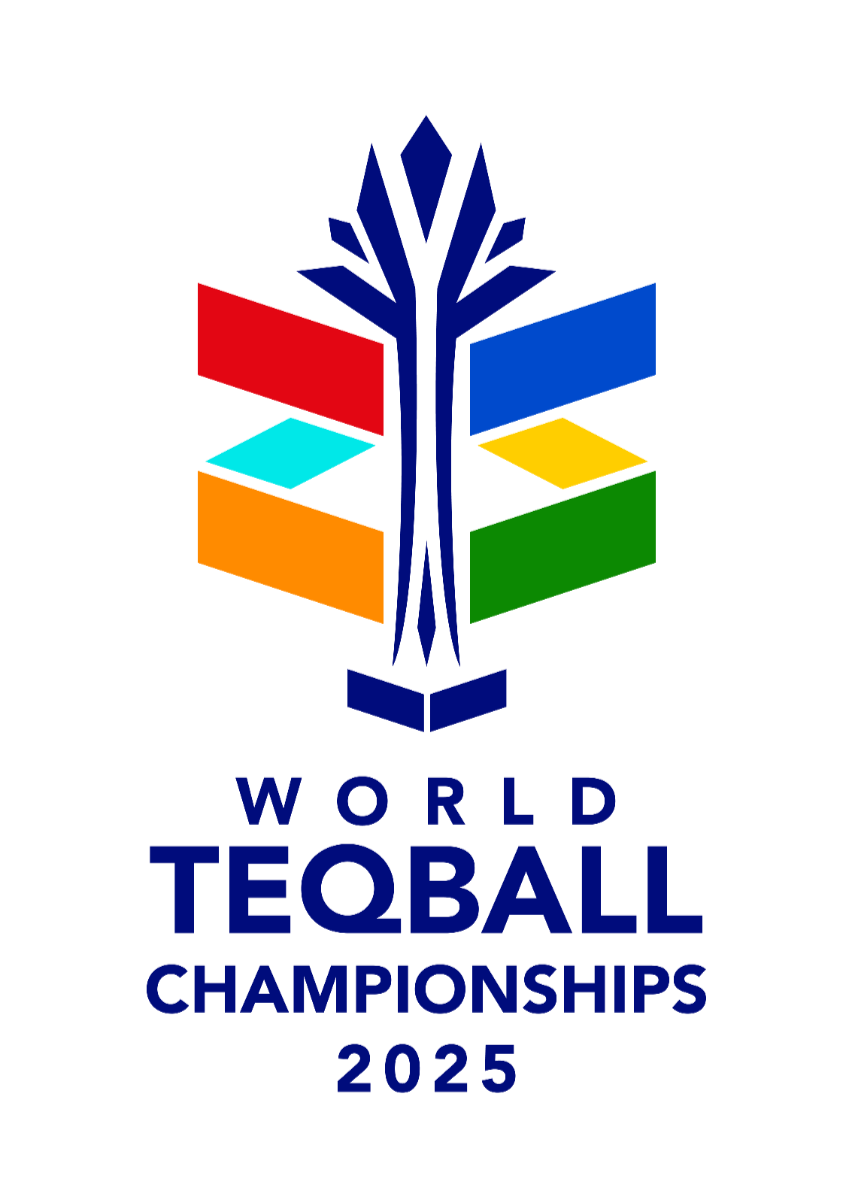After Pakistan clinched the T20I series, the focus now shifts to the ODIs. Both teams now look to build momentum and test depth ahead of a busy international calendar.
Starting with South Africa, their last ODI series in England was impressive, but this current squad looks very different. The batting line-up that featured the likes of Aiden Markram, Ryan Rickelton, Temba Bavuma, and Tristan Stubbs is missing entirely this time. None of those names are part of the current squad or playing in this series, which gives this South African side a fresh and unfamiliar look. There’s no Keshav Maharaj, who had such a strong impact previously, and no Wiaan Mulder, Marco Jansen, or Kagiso Rabada either. In fact, seven or eight players who would normally be in South Africa’s first-choice XI are unavailable for selection.
That opens up a significant opportunity for several players to step forward and make their mark. Among them, the experienced Quinton de Kock returns and will play a central role with the bat and behind the stumps. His experience and ability to anchor innings will be crucial in a relatively young side.
A major talking point is Dewald Brevis. For many observers, Brevis should be batting at number three. Too often, South Africa have used him down at five or six across formats, which doesn’t fully utilise his talent. Brevis is a dynamic, game-changing player who can dictate the tempo of an innings rather than just finish it. His aggressive stroke play and ability to take on bowlers make him one of the most watchable young batters in world cricket. Placing him in the top three allows him to construct innings, apply pressure, and influence matches more consistently.
Captaincy too has seen a change. In the T20Is, Donovan Ferreira led the side, but for the ODIs, that responsibility shifts to Matthew Breetzke. He wasn’t necessarily a front-line player during the T20s, which perhaps explains the switch in leadership. Nonetheless, Breetzke record in ODI cricket has been impressive, and he will look to continue that form while guiding a new-look team. Ferreira, meanwhile, remains an outstanding player, captain or not, capable of influencing matches through his clean ball-striking and fearless approach.
Even with several frontline names missing, this South African batting line-up carries plenty of power and intent. Players like Lhuan-dre Pretorius can hit the ball a long way and are natural stroke-makers. Brevis and Breetzke provide similar explosiveness, while de Kock
and Ferreira add experience and stability. Tony de Zorzi, in good touch after scoring runs in the recent Test series, adds further depth to the batting. Collectively, this group might look experimental, but it is packed with aggressive intent and the ability to surprise stronger opponents.
On the bowling front, Lungi Ngidi will be central to South Africa’s plans. His variations, especially his slower ball, remain a lethal weapon. Few batters in world cricket seem able to pick that change of pace effectively, and Ngidi’s skill in the middle overs could be key in containing Pakistan’s strong batting order. Another bowler to watch is Nandre Burger. The left-arm pacer is an aggressive competitor, known for his pace and ability to swing the ball. His attacking approach and wicket-taking instincts could make him a key component of South Africa’s future plans. Together, Ngidi and Burger give this side a sharp edge with the new ball and variety through the innings.
While South Africa have potential match-winners in their ranks, they are not favourites for the series. Playing in Pakistan, against a near full-strength home side, is always a tough challenge. Pakistan come into this ODI leg with renewed focus and a few changes of their own. Shaheen Shah Afridi takes over as captain, with Salman Agha among the senior names in the group. Like South Africa, Pakistan have also chosen to split leadership roles between formats — one captain for T20s and another for ODIs — which might look unusual but reflects a deliberate approach to workload and leadership development.
One major boost for Pakistan is the return of Haris Rauf. He missed the T20I series, but his comeback strengthens Pakistan considerably. Rauf’s pace and aggression bring balance to an already formidable attack. Although he can be expensive on some days, his ability to take wickets and his competitive attitude make him an invaluable asset. Alongside Shaheen Afridi and Naseem Shah, Pakistan possess a seriously potent pace trio — one that forms the core of their success in limited-overs cricket. This trio’s ability to strike early and maintain pressure in the middle overs gives Pakistan a major advantage.
Babar Azam’s return to form is another timely boost. After scoring runs in the final T20I, he looks set to anchor Pakistan’s batting once again. His class and consistency are vital for the side’s stability. Supporting him are the likes of Saim Ayub, who is back among the runs, and wicketkeeper-batter Mohammad Rizwan, whose reliability in the middle order continues to be a key factor in Pakistan’s batting depth. Salman Agha brings balance as a middle-order batter and part-time spinner, while Mohammad Nawaz’s all-round contributions — particularly with his left-arm spin — remain integral to the team’s plans.
Fakhar Zaman also returns, adding further experience and explosiveness to the top order. With Babar, Rizwan, Fakhar, and Ayub, Pakistan’s batting looks strong and settled. Combined with a top-quality pace attack and spin options like Nawaz, they appear close to full strength — the kind of combination they would likely take into a major tournament.
Overall, Pakistan enter the ODI series as clear favourites. They have the home advantage, a balanced squad, and key players in good form. In contrast, South Africa are in an experimental phase, using the series to blood young talent and assess future combinations. However, this youthful South African team, full of attacking instincts and ambition, could still pose a serious challenge if their power hitters and bowlers click together.
Pakistan’s experience and depth make them the stronger side on paper, but South Africa’s unpredictability and fresh energy ensure the contest remains intriguing. It’s a series that could reveal the next generation of South African stars, while reaffirming Pakistan’s credentials as a top ODI side gearing up for bigger challenges ahead.






